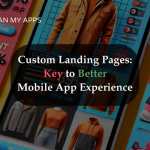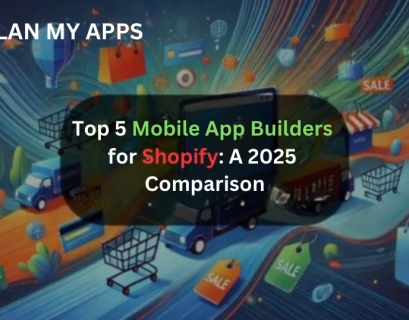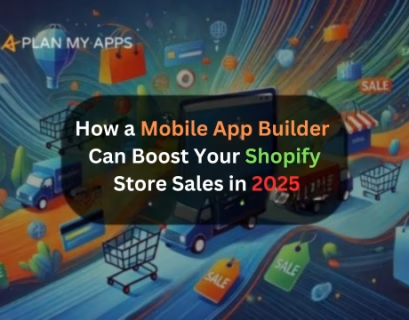As on-line buying grows, it’s critical to make the person revel in (UX) as easy as possible, mainly for Shopify shop owners. Creating a cell app for a Shopify shop can substantially enhance how clients save via means of supplying capabilities which might be extra person-pleasant as compared to an everyday cell website. Let’s take a better look at how a cell app can beautify the Shopify person revel in.
1. Easy-to-Use Navigation
A cell app gives less difficult and extra intuitive navigation than a cell website. With a cell app, you may personalize the format to fit your shop and make it less complicated for customers to locate what they need. Clear menus, clean-to-get entry to product categories, and brief seek features make buying extra convenient. This ends in happier clients and continues them at the app longer.
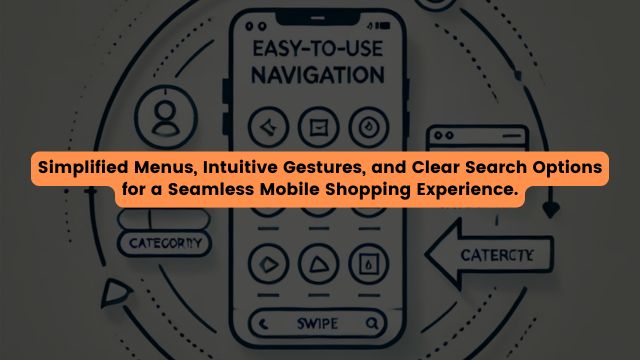
Example:
An app can use swipe gestures to allow customers browse merchandise easily, and feature shortcuts for the buying cart or account settings proper at the screen. Product filters may be tailor-made to paintings nicely on cell, making it quicker for clients to locate what they want.
2. Optimized Checkout for Mobile
The checkout procedure is a key part of any on-line buying revel in. If it’s too sluggish or complicated, clients are able to desert their carts. A cell app can accelerate the checkout procedure via means of the use of stored information, auto-fill capabilities, and a simple, step-via way of means-of-step fee flow. Integrating speedy fee alternatives like Apple Pay or Google Pay could make it even less complicated for clients to finish their purchases.
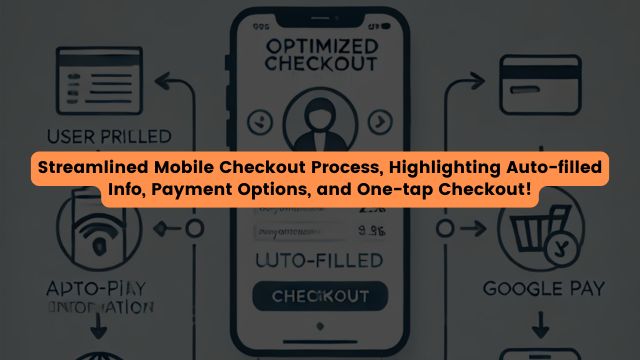
Example:
With a Shopify cell app constructed via the means of Plan My Apps, customers can store their delivery and fee info, which allows you to test out with one tap. You also can use push notifications to remind them of gadgets left of their cart, assisting get better capability misplaced sales.
3. Instant Customer Support
Mobile apps can provide brief customer service alternatives, like stay chat or computerized chatbots, without delay withinside the app. This permits customers to get solutions to their questions properly, without leaving the buying revel in. Having on the spot helps continue customers from getting annoyed and allows you to save you misplaced sales.
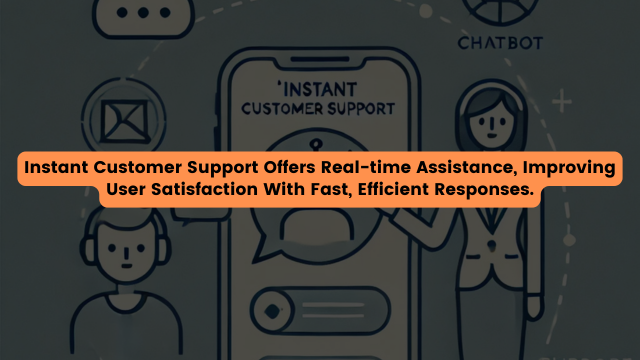
Example:
A cell app to your Shopify shop can encompass stay chat help so clients can get assistance whilst they’re surfing or checking out. Chatbots also can solve unusual place questions instantly, enhancing the general revel in.
4. Faster Load Times
Mobile apps typically load quicker than web sites due to the fact they shop statistics at the device. This method pages and photographs can load quickly, in spite of slower net connections. Fast loading speeds hold customers engaged and decrease the probabilities of them leaving the app because of sluggish performance.
Example:
While cell web sites rely on net speed, a nicely-designed cell app from Plan My Apps can load product info and photographs withinside the background, making sure a quicker and smoother revel in for customers.
Curious about why you should convert your Shopify store into a mobile app? Check out 15 Reasons to Turn Your Shopify Store into Mobile App in 2024 to see how it can boost your business!
Proven UX Design Tips
To maximize a cell app’s capability, appropriate UX layout is essential. Here are a few verified strategies:
- Clear Call-to-Action (CTA) Buttons: Make buttons like “Buy Now” or “Add to Cart” large, clean to tap, and truly seen on cell screens.
- Personalization: Offer personalized product hints or notifications primarily based totally on a person’s beyond purchases and surfing behavior. This makes the buying revel in a sense extra tailor-made and relevant.
- Simple Design: Keep the app smooth and clutter-loose so customers can pay attention on buying. Avoid too many distractions and use white areas effectively.
- Consistent Branding: Make positive the app layout displays your emblem continuously at some point of the purchasing experience. This builds accept as true with and a higher reference to your customers.
By imposing those functions and layout strategies, Shopify shop proprietors can use cell apps, advanced with the aid of using Plan My Apps, to offer a higher purchasing experience, boom consumer satisfaction, and force extra sales. In today’s cell-first world, having a cell app is a critical manner to decorate the Shopify person experience.


